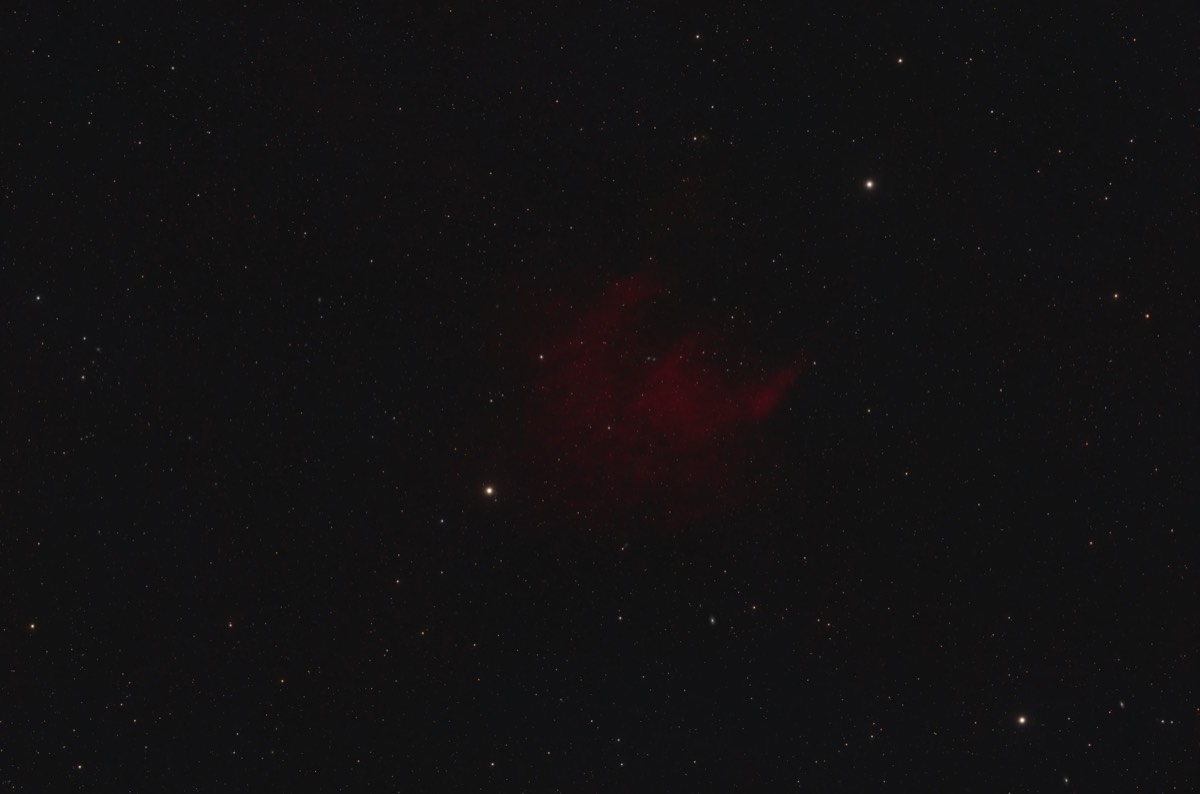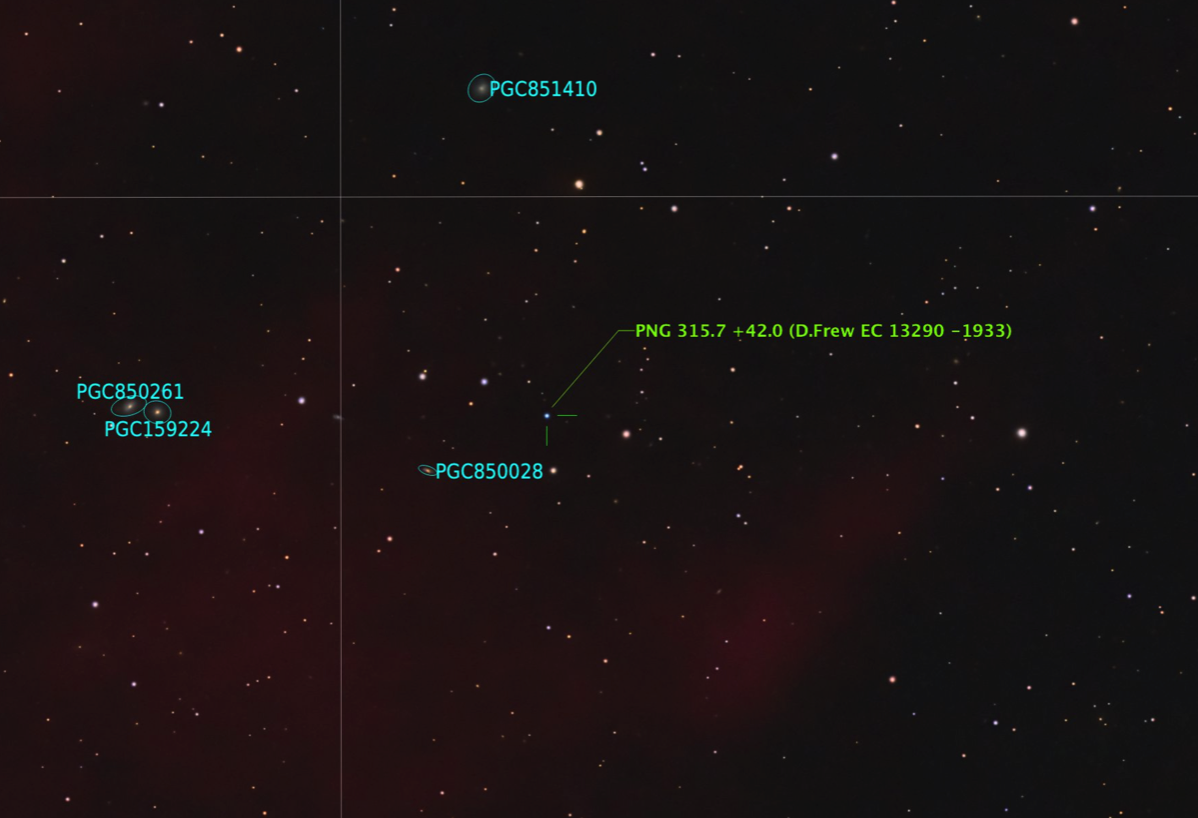PaHa1
Published 6 May 24
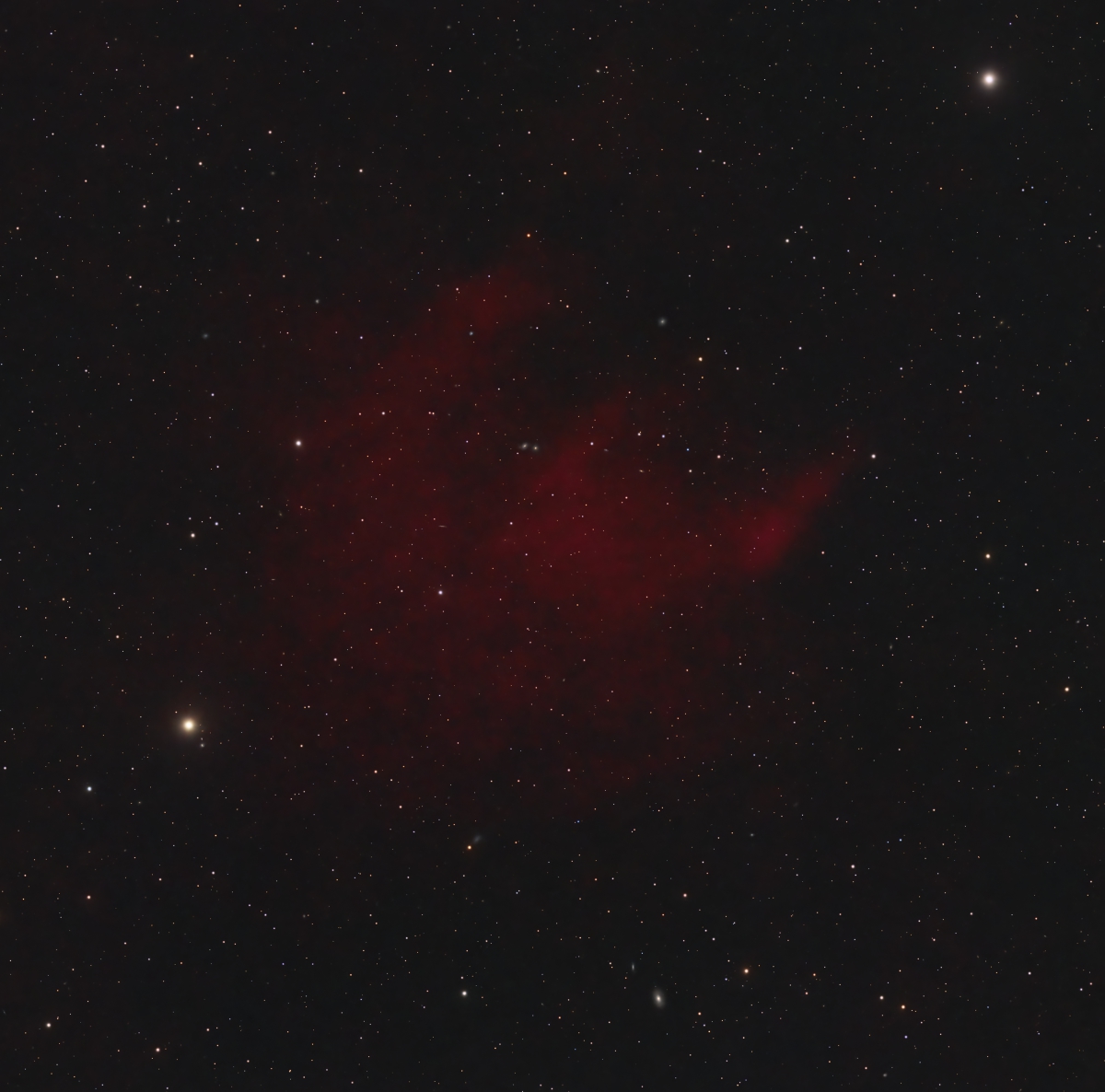
Full resolution cropped image of PaHa1
Full field of view image showing PaHa1 near center. Click on image for full resolution.
Partial annotated image of PaHa1 showing the star EC 13290-1933, Click on image for full resolution view of the entire field of view
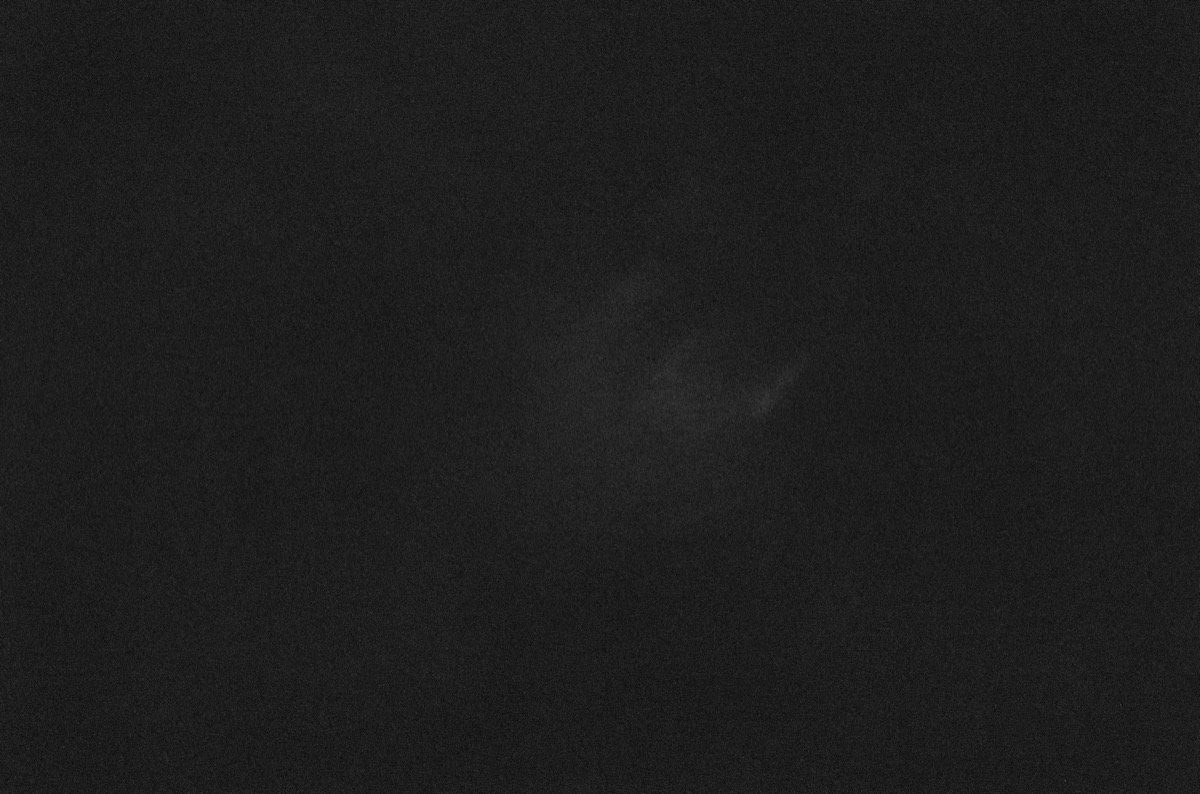
Above is the continuum subtracted image of 18.6hrs of Ha data showing how extremely faint this object is
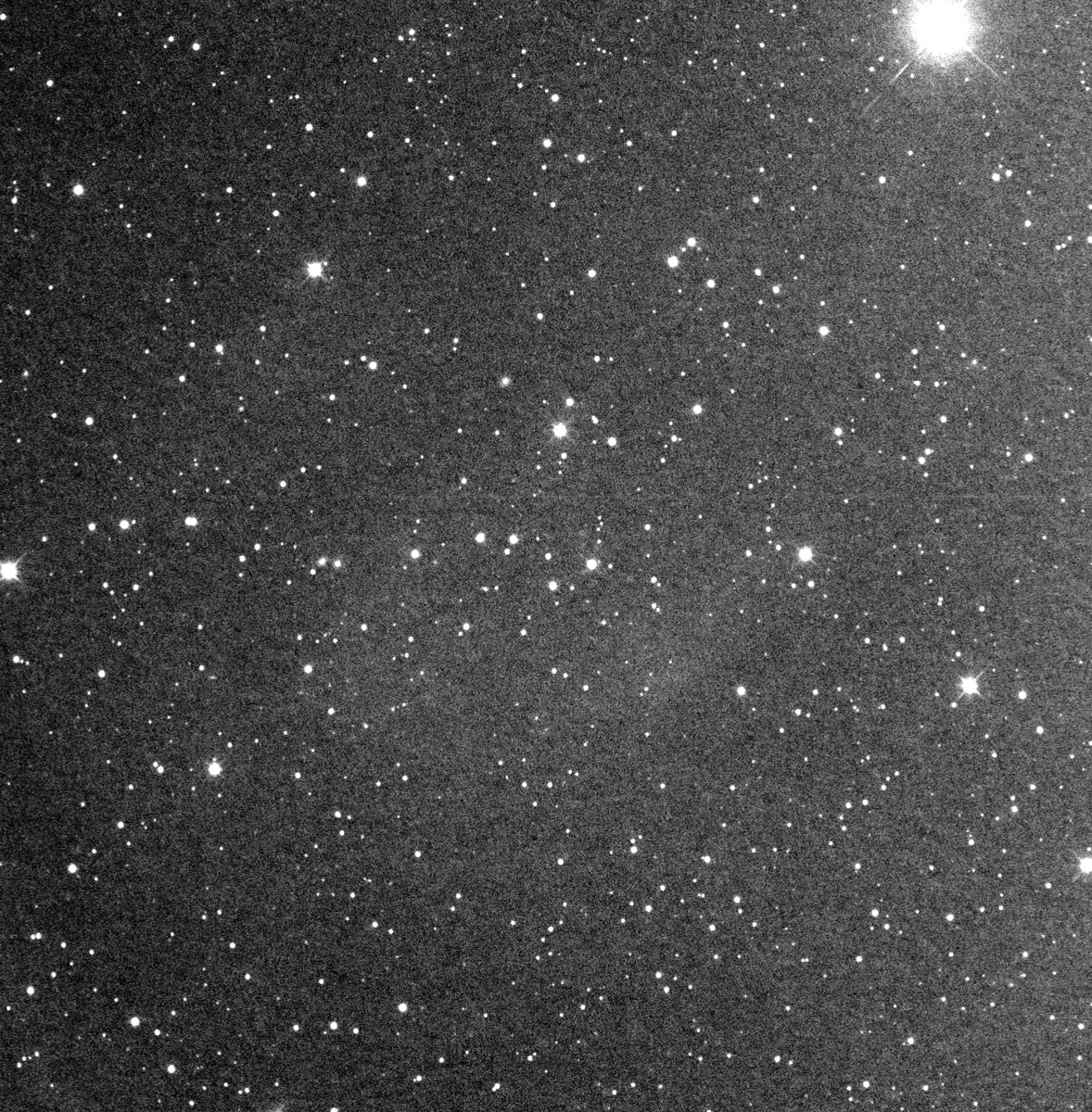
Cropped and enhanced version, courtesy of Dana Patchick, of the 2018 Paul Haese Ha image of the area around EC 13290-1933 showing very faint background nebulosity
About this object
PaHa1 is a possible planetary nebula or ISM nebula in the constellation Virgo. It's incredibly faint and it does not stand out very brightly in the images above. The red Ha emission data was barely above the background noise. The data was processed in such a way to make it stand out above the background but not by much. 18.6 hours of HII data was collected through a Astrodon 5nm Ha filter over the course of a year, shown above, along with several hours of RGB data for background galaxies and star color. I also collected 27 hrs of OIII data through a Chroma 5nm OIII filter but unfortunately no signal, was so ever, was seen in OIII so its not included in the above images.
The following info about PaHa1 is my summary of info that was graciously provided by amateur planetary nebula discoverer Dana Patchick.
The history of PaHa1 is interesting. Initially, retired planetary nebula expert Dr David Frew, as part of his doctoral thesis in 2004, explored many hot white dwarf and sub dwarf stars for possible planetary nebula. The list of white dwarfs and sub dwarfs was constructed from available literature at the time. Using data from SHASSA (Southern H-Alpha Sky Survey) and VTSS (Virginia Tech Spectral Line Survey), FITS images were examined around these stars and any HII regions were noted. The star in question here was EC 1320-1933 a mag 14.48 star in Virgo at RA 13 31 46.3 and DEC -19 48 25.7. This star also goes by the designation PN G 315.7 +42.0 in the HASH planetary nebula data base. The star was initially listed as a possible detection in Dr Frew's data. Interestingly the spectral type of this star was unknown at the time. As can be seen in the full res version of the annotated image, this star is blue, typical of hot white dwarfs. According to Dana Patchick, the modern take on this star is that it's a He-sdO subdwarf (Helium rich hot subdwarf) and was discovered in 1997. It's had several spectral designations, one being He-sdB (Helium rich subdwarf of spectral type B). This object was initially listed as a possible ISM nebula but in 2018 Dana Patchick collaborated with Paul Haese to image this area (image above) and eventually the designation in the HASH data base was updated to designate the object as PaHa1 and a possible planetary nebula.
So the jury is still out as to what this object really is. According to Dana Patchick, it's looking more as if the object is probably a background ISM nebula. One thing is for sure, this object is incredibly faint
PaHa1 is a possible planetary nebula or ISM nebula in the constellation Virgo. It's incredibly faint and it does not stand out very brightly in the images above. The red Ha emission data was barely above the background noise. The data was processed in such a way to make it stand out above the background but not by much. 18.6 hours of HII data was collected through a Astrodon 5nm Ha filter over the course of a year, shown above, along with several hours of RGB data for background galaxies and star color. I also collected 27 hrs of OIII data through a Chroma 5nm OIII filter but unfortunately no signal, was so ever, was seen in OIII so its not included in the above images.
The following info about PaHa1 is my summary of info that was graciously provided by amateur planetary nebula discoverer Dana Patchick.
The history of PaHa1 is interesting. Initially, retired planetary nebula expert Dr David Frew, as part of his doctoral thesis in 2004, explored many hot white dwarf and sub dwarf stars for possible planetary nebula. The list of white dwarfs and sub dwarfs was constructed from available literature at the time. Using data from SHASSA (Southern H-Alpha Sky Survey) and VTSS (Virginia Tech Spectral Line Survey), FITS images were examined around these stars and any HII regions were noted. The star in question here was EC 1320-1933 a mag 14.48 star in Virgo at RA 13 31 46.3 and DEC -19 48 25.7. This star also goes by the designation PN G 315.7 +42.0 in the HASH planetary nebula data base. The star was initially listed as a possible detection in Dr Frew's data. Interestingly the spectral type of this star was unknown at the time. As can be seen in the full res version of the annotated image, this star is blue, typical of hot white dwarfs. According to Dana Patchick, the modern take on this star is that it's a He-sdO subdwarf (Helium rich hot subdwarf) and was discovered in 1997. It's had several spectral designations, one being He-sdB (Helium rich subdwarf of spectral type B). This object was initially listed as a possible ISM nebula but in 2018 Dana Patchick collaborated with Paul Haese to image this area (image above) and eventually the designation in the HASH data base was updated to designate the object as PaHa1 and a possible planetary nebula.
So the jury is still out as to what this object really is. According to Dana Patchick, it's looking more as if the object is probably a background ISM nebula. One thing is for sure, this object is incredibly faint
Image Details
- Optics : Stellarvue SVX 152T refractor @f8 1200mm FL
- Mount: Paramount MYT
- Camera: ZWO ASI6200
- Filters: Chroma 50mm RGB, 5nm OIII, Astrodon 50mm 5nm Ha
- Exposure (min): RGBHa 106:84:100:1120 23.5 hrs, 2x2 binning drizzled to 1x1 resolution
- Automation Control: The Sky X, Voyager, PrimaluceLab Eagle 4
- Guiding: ZWO ASI 174 mini
- Processing Software: PixInsight, PS CC
- Location: Stark Bayou Observatory, Ocean Springs, MS
- Sky: Typical SQM 19.6 Bortle 5-6, Suburban
- Date: Feb 23 - Feb 24





